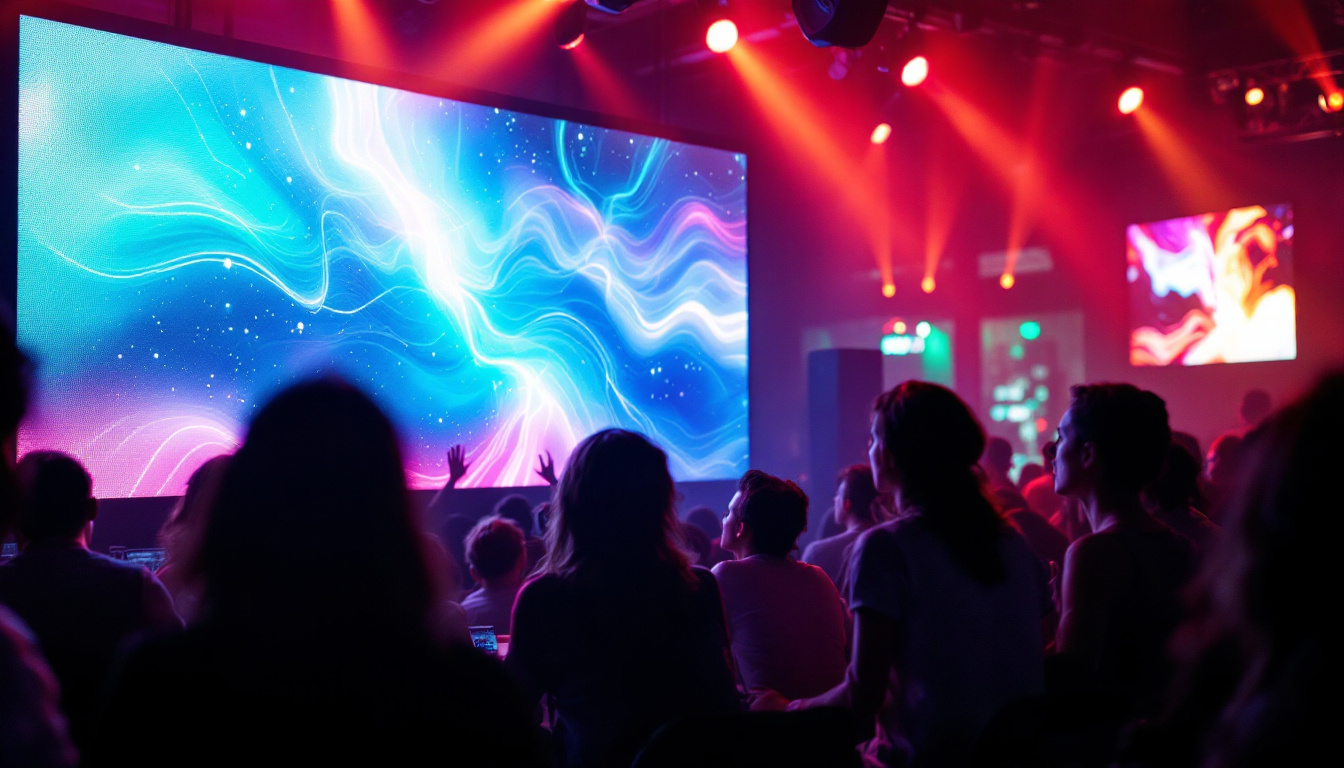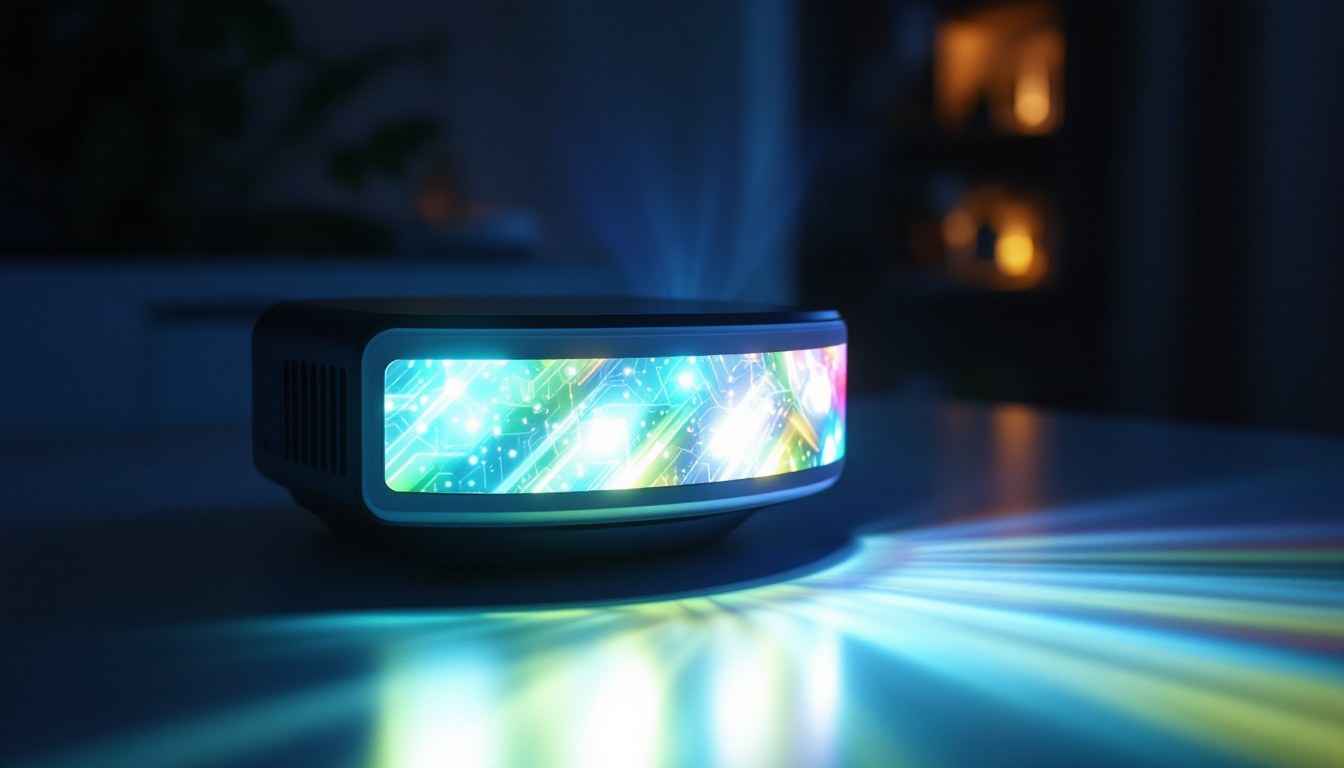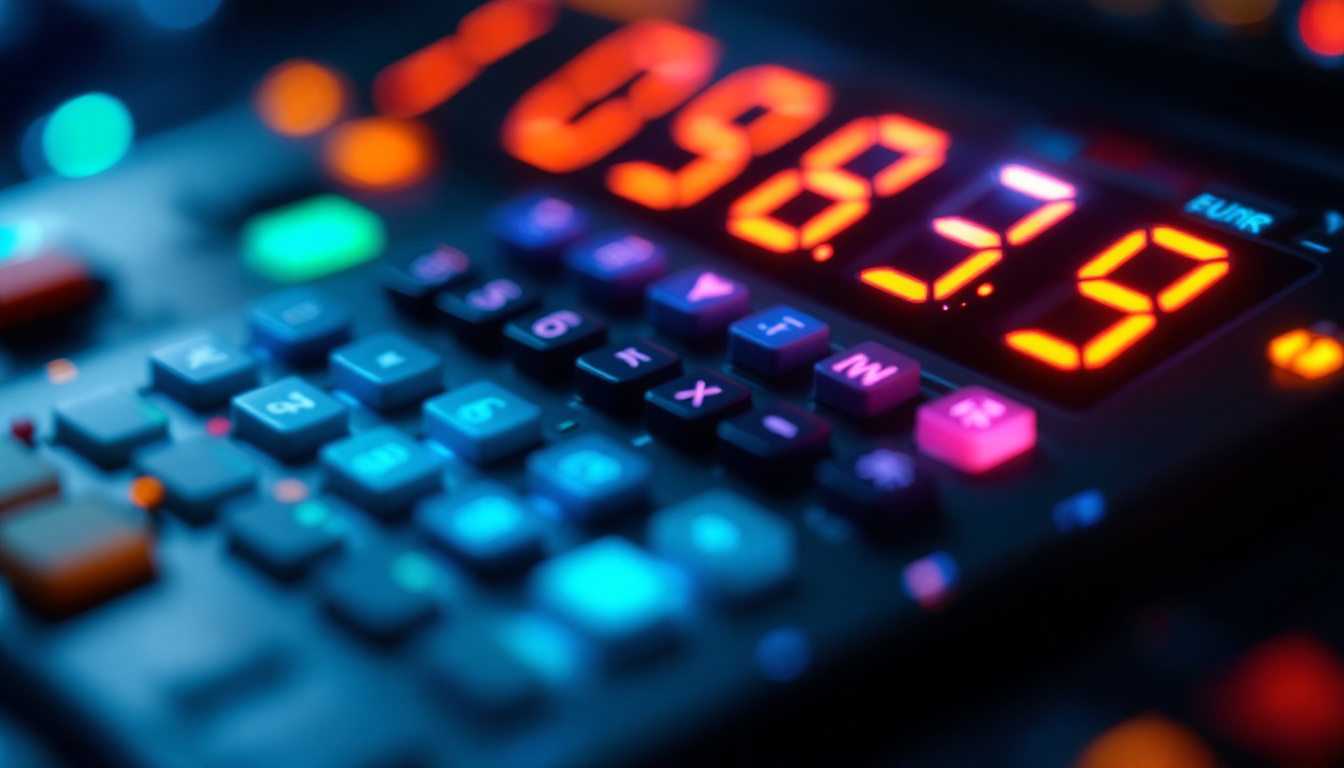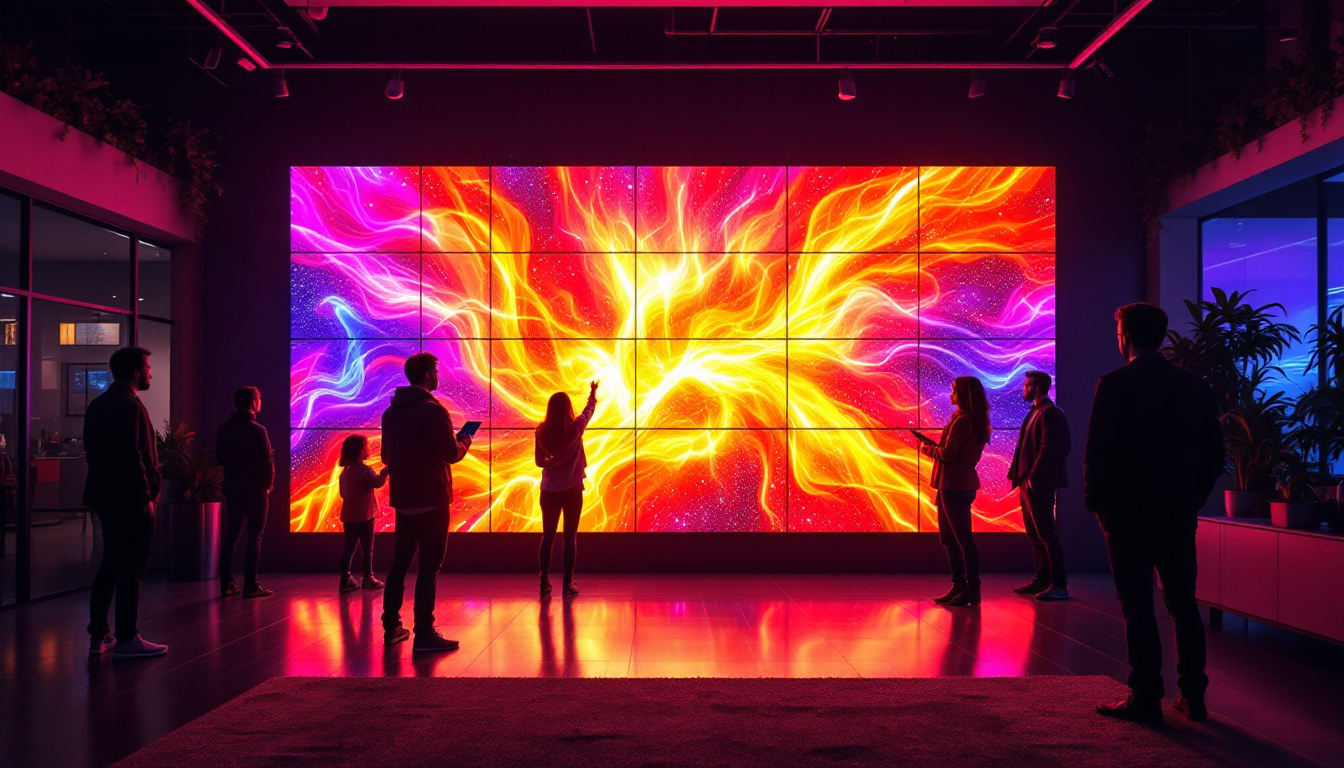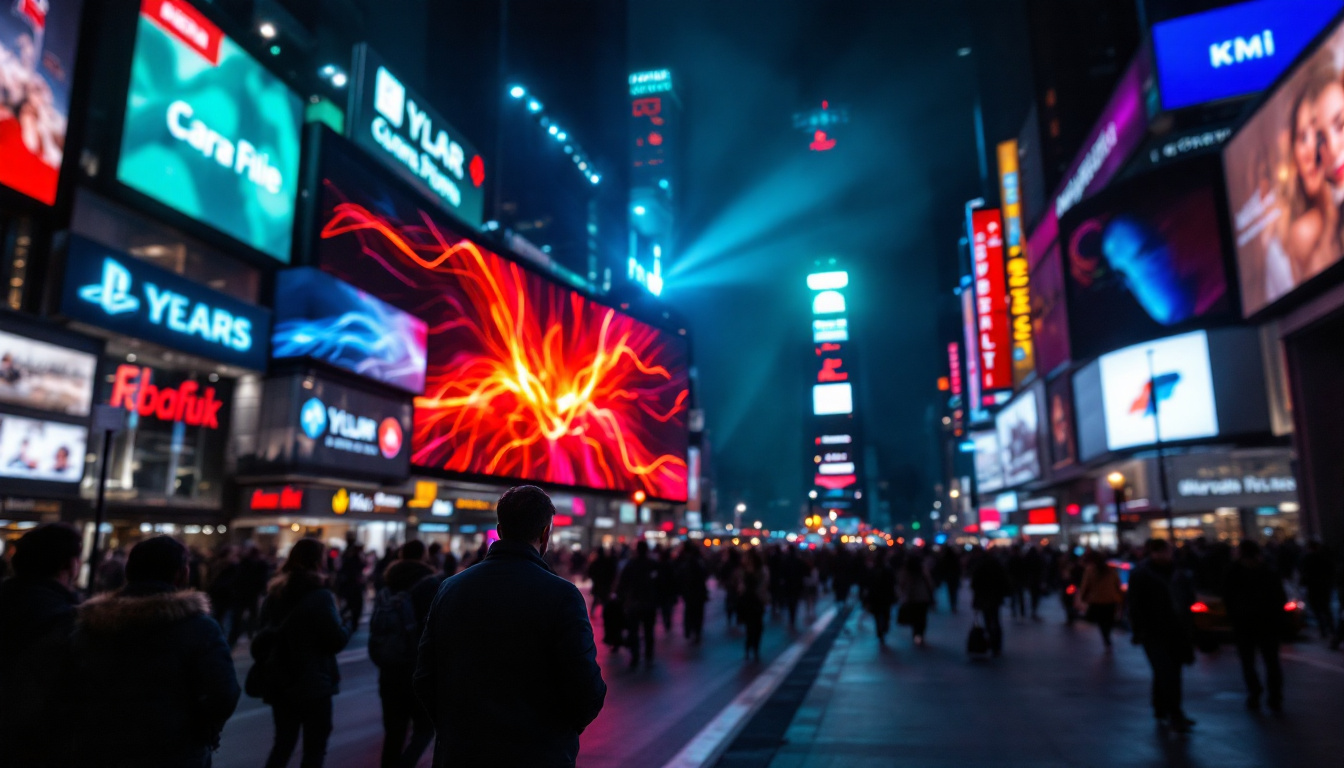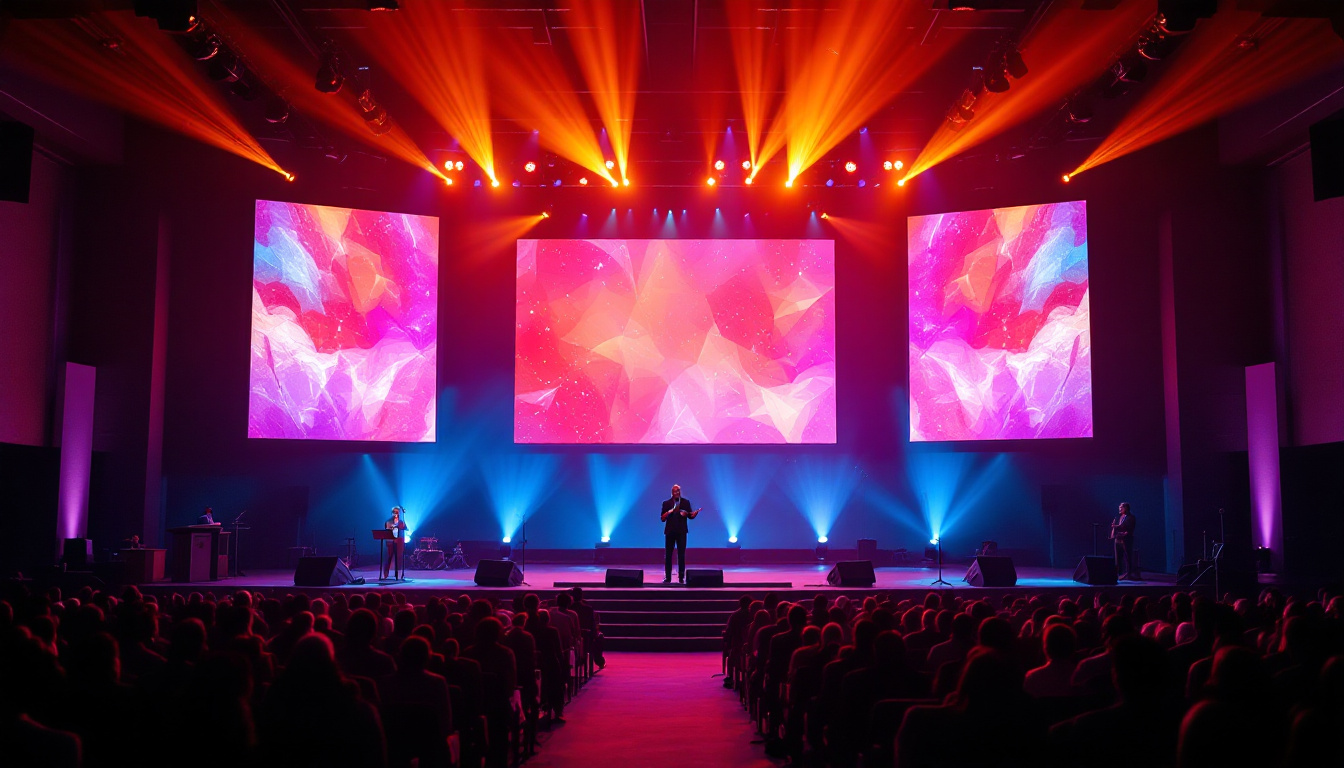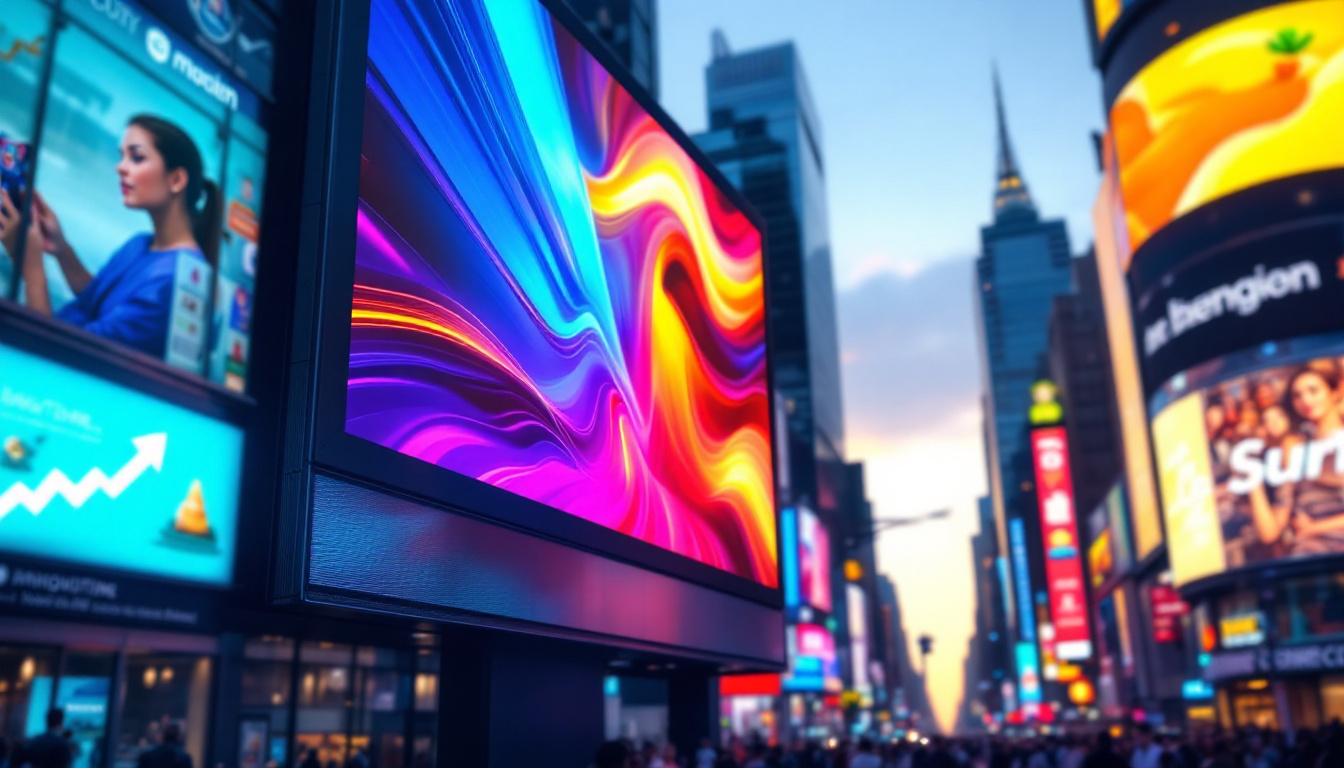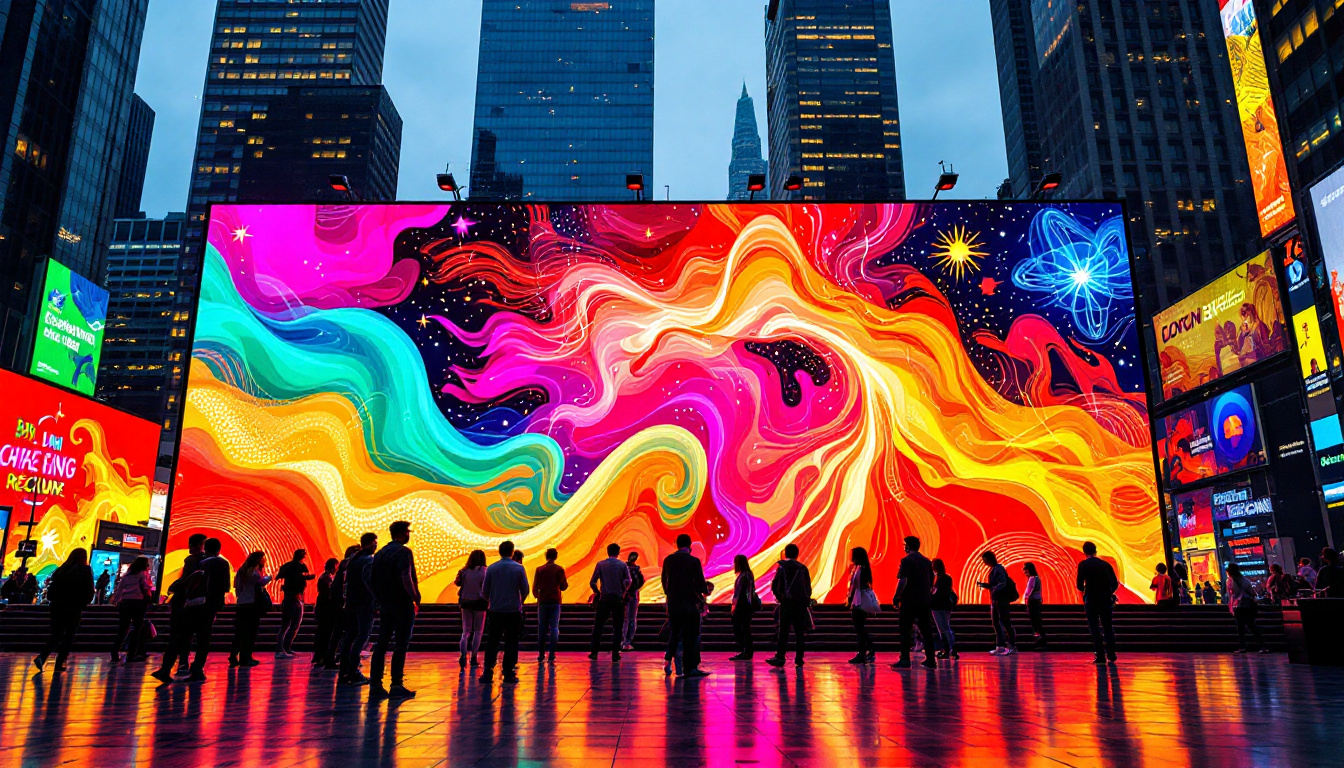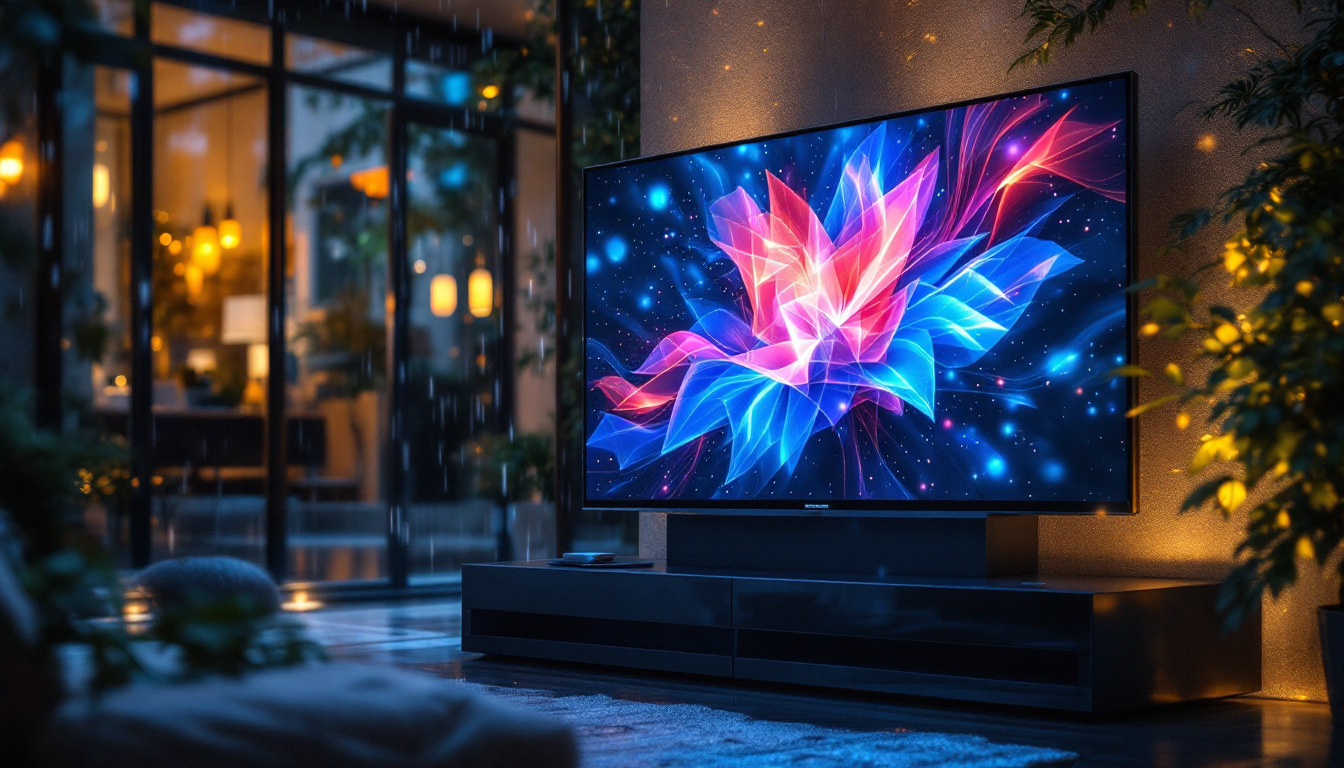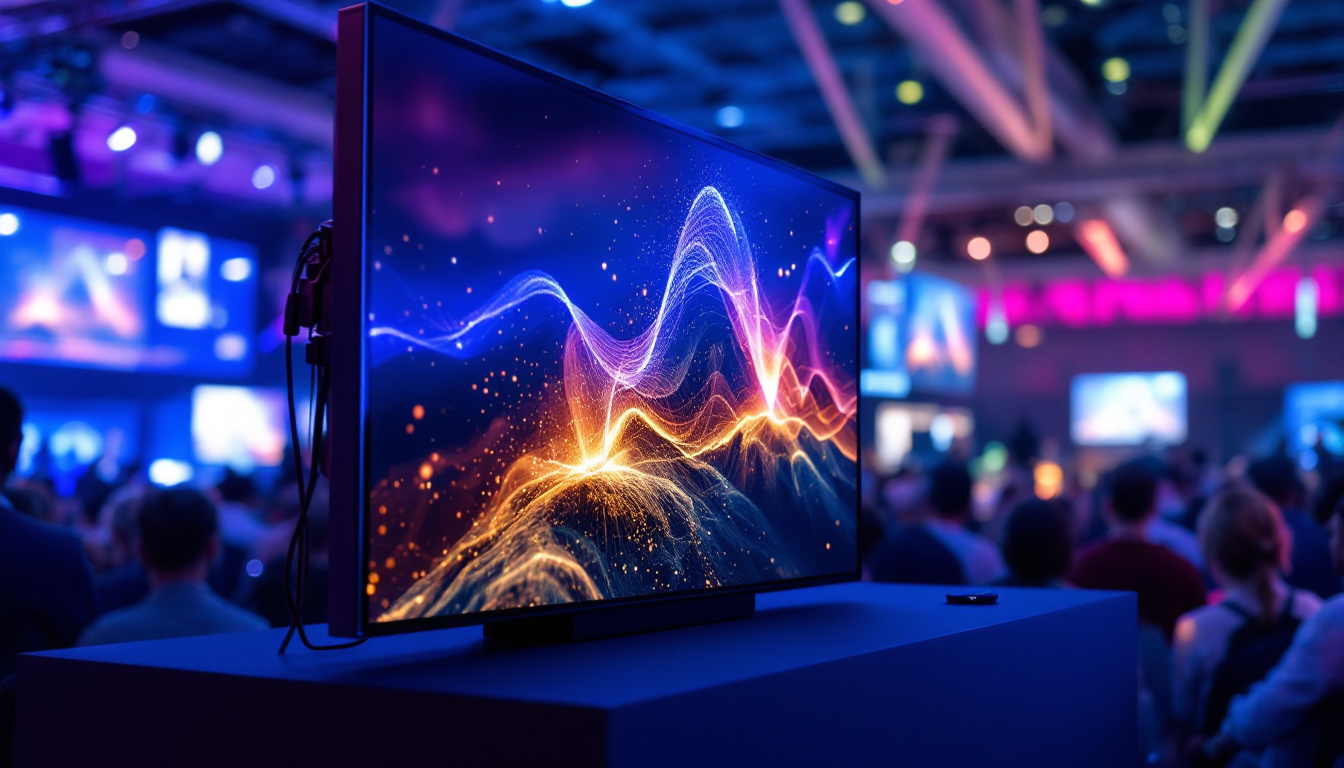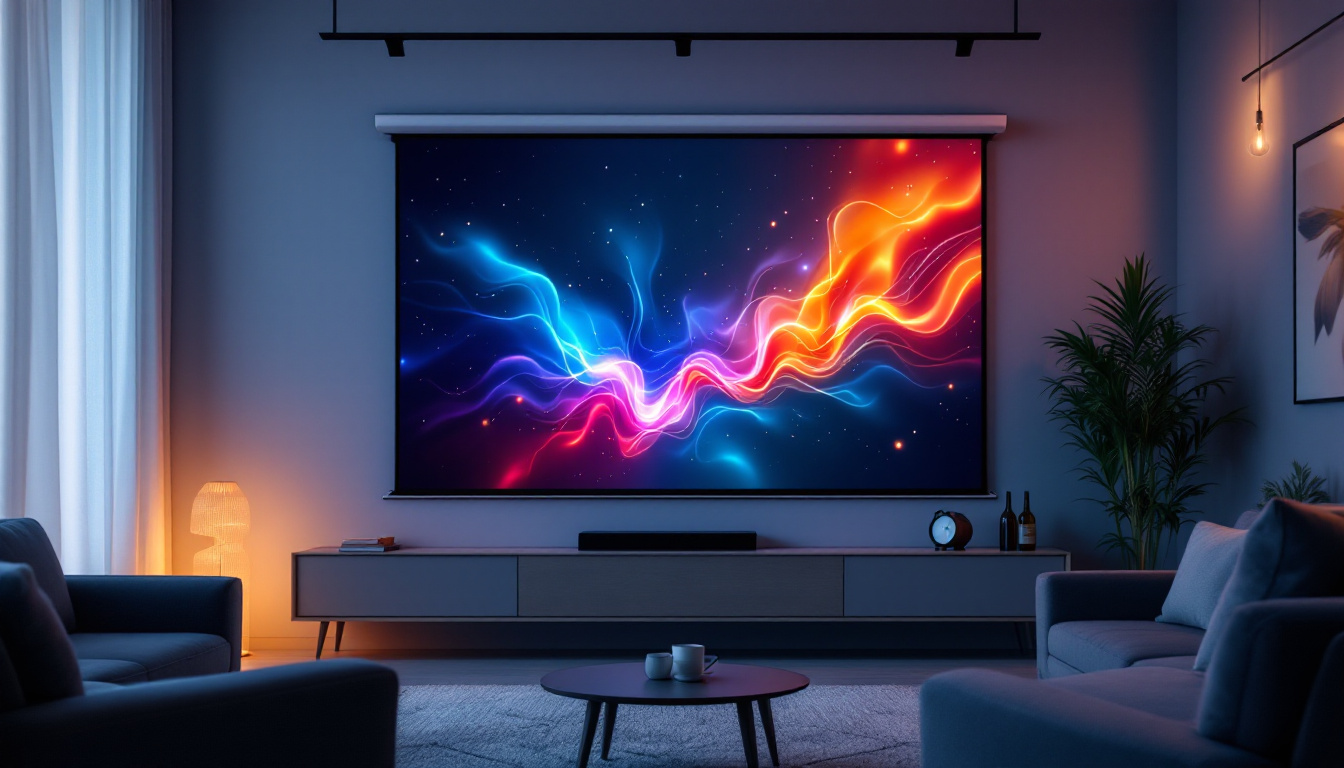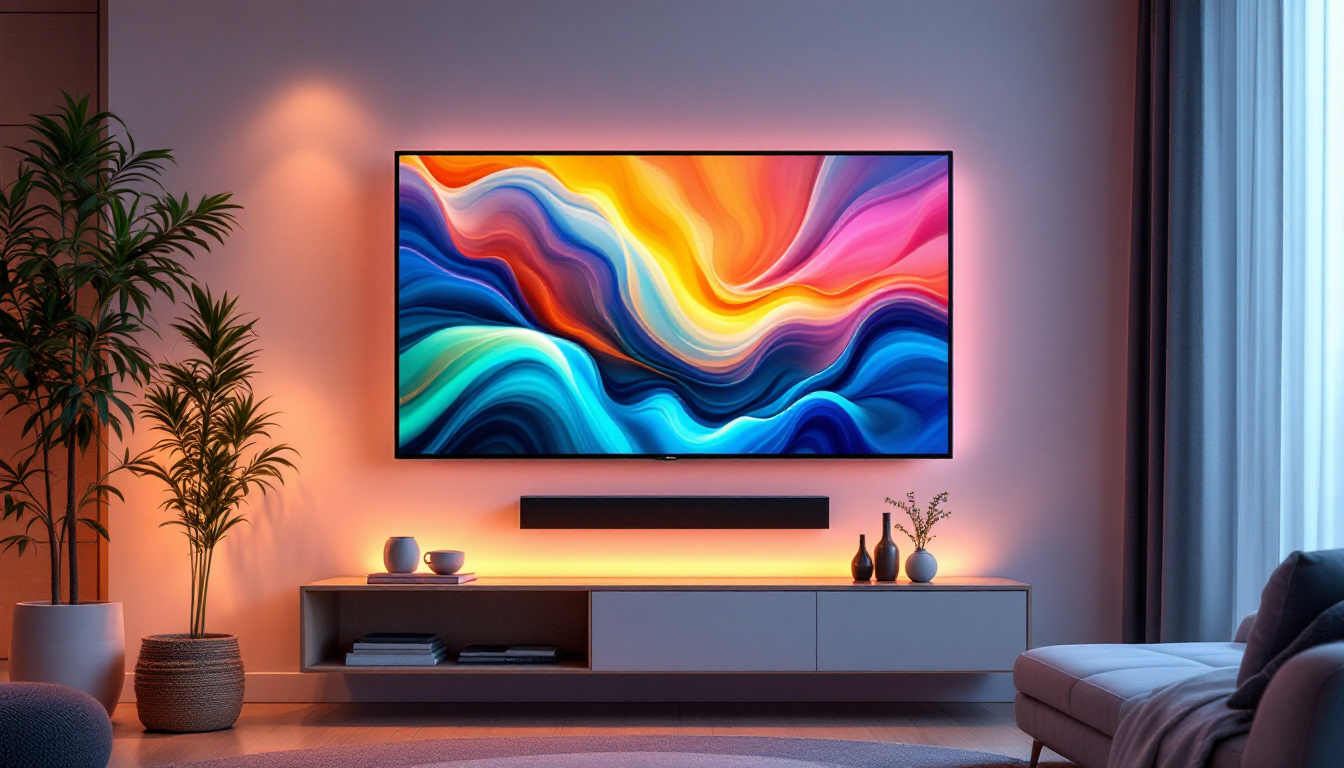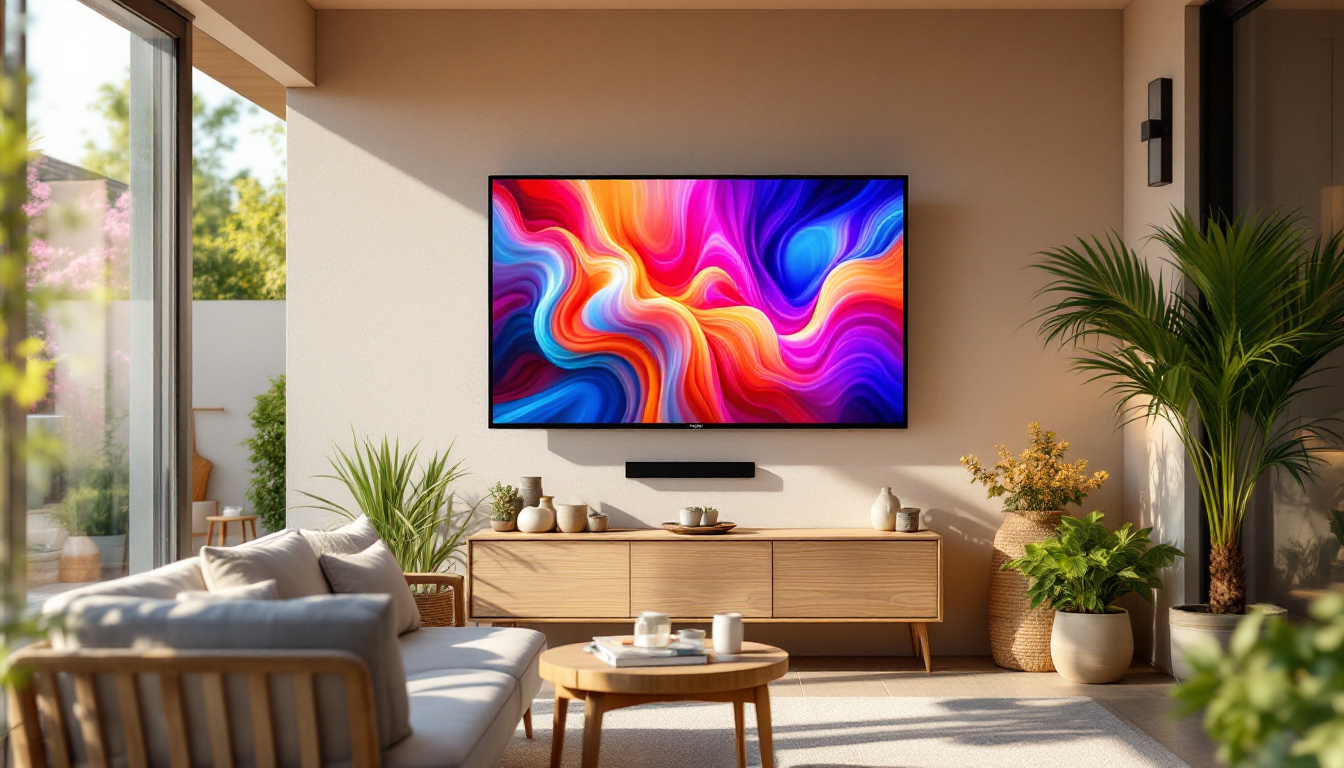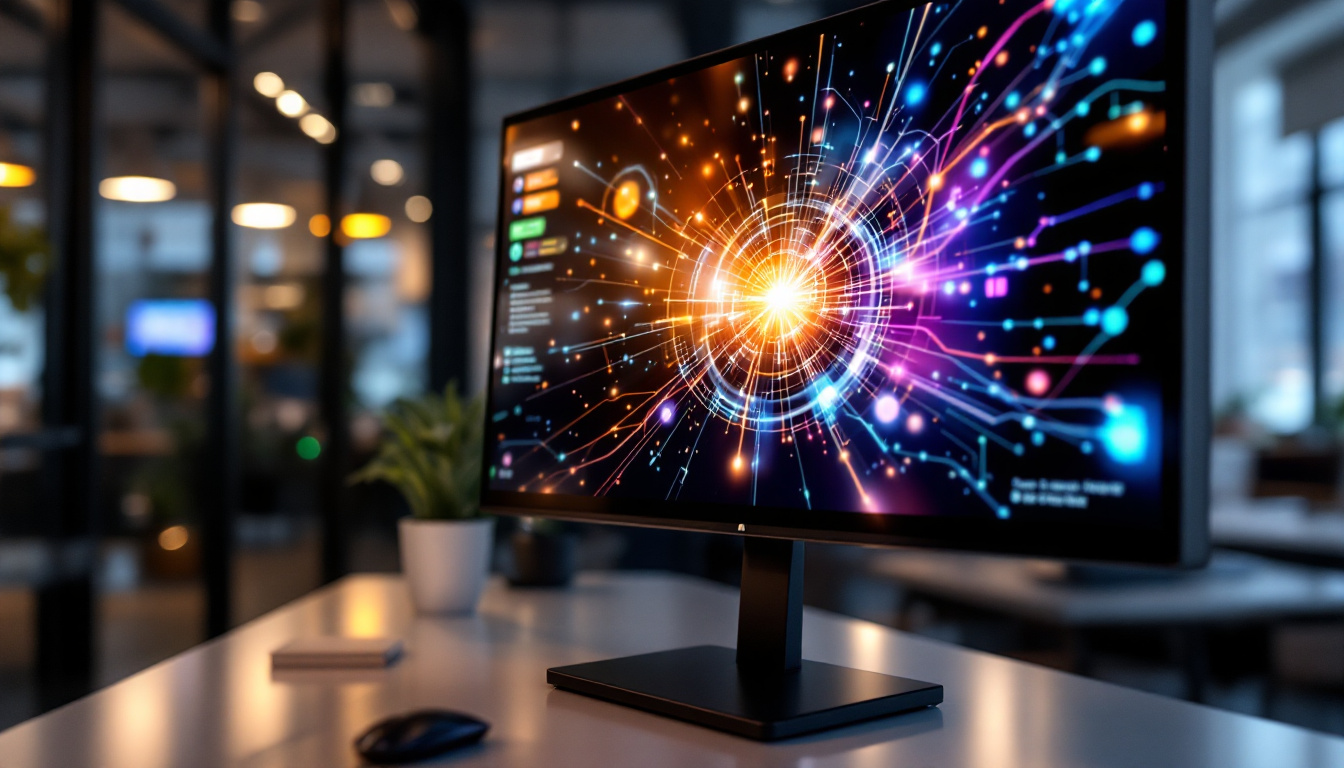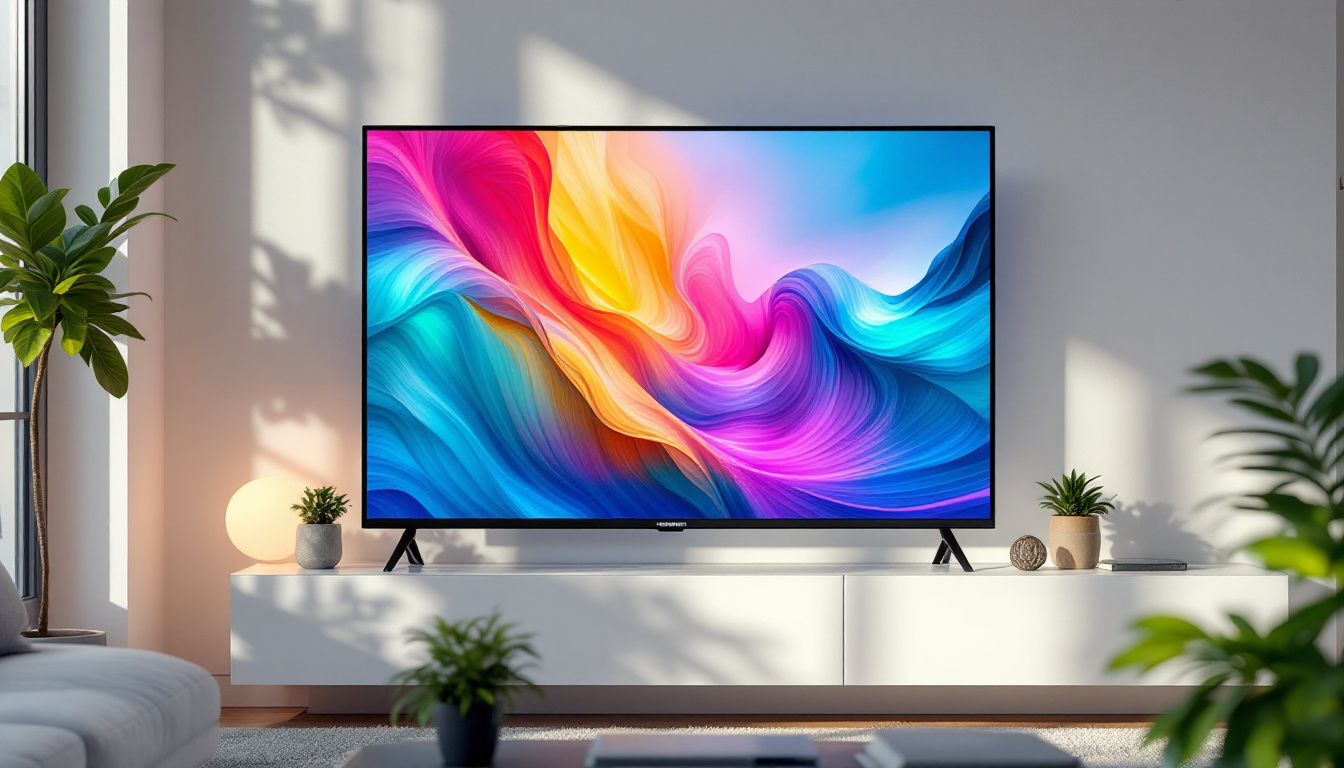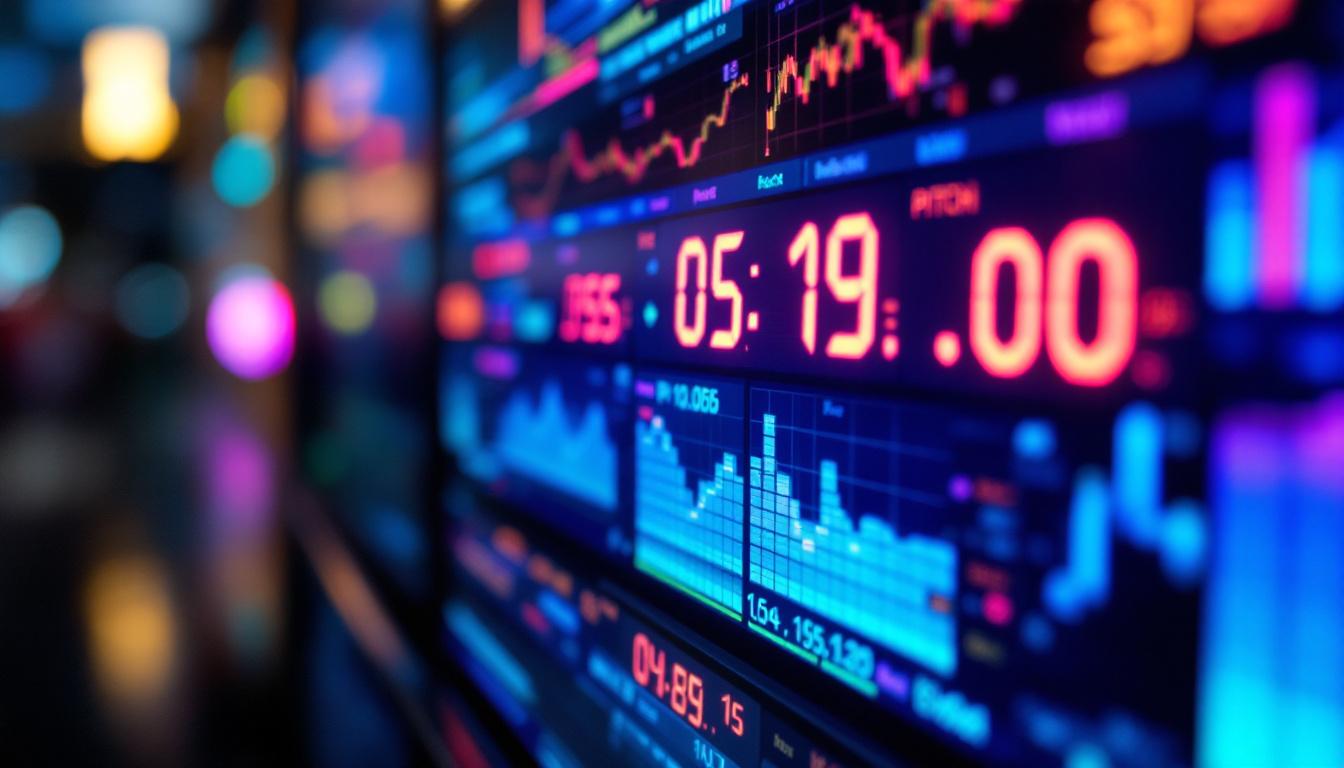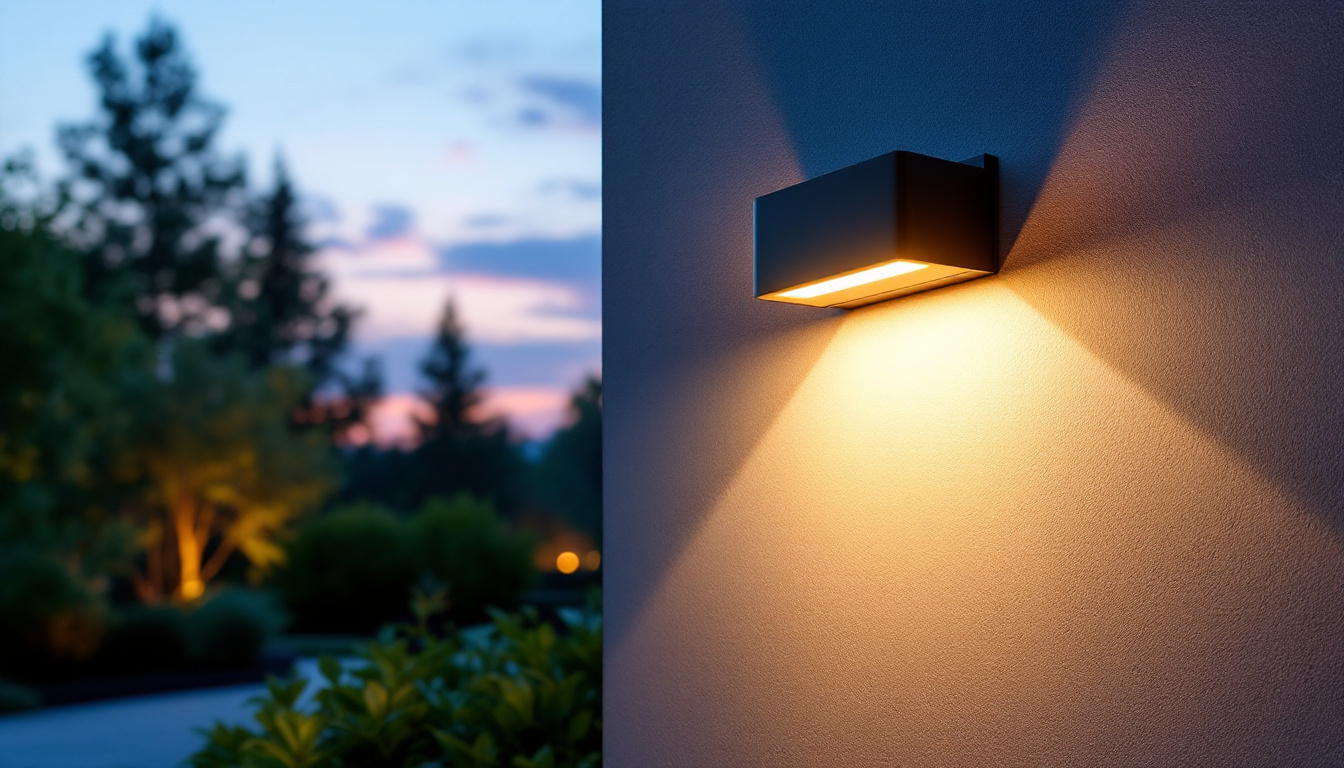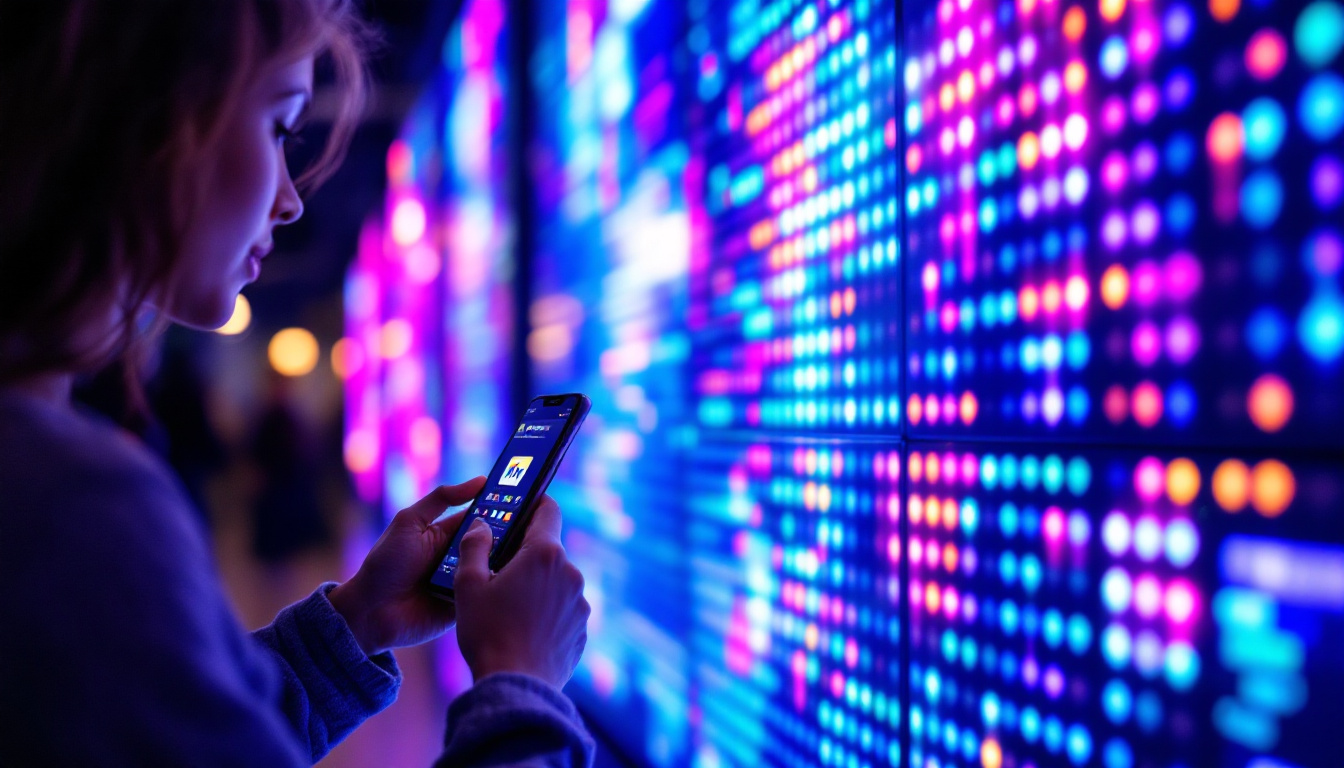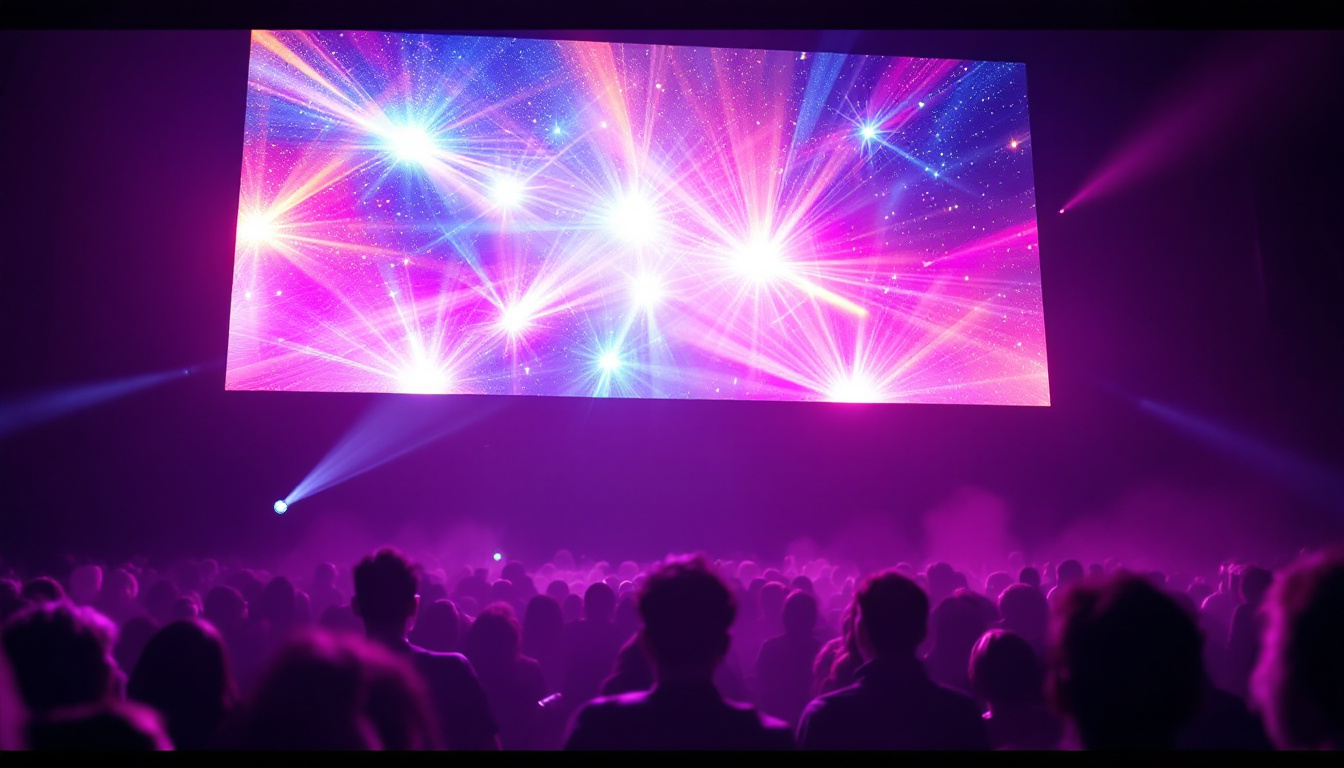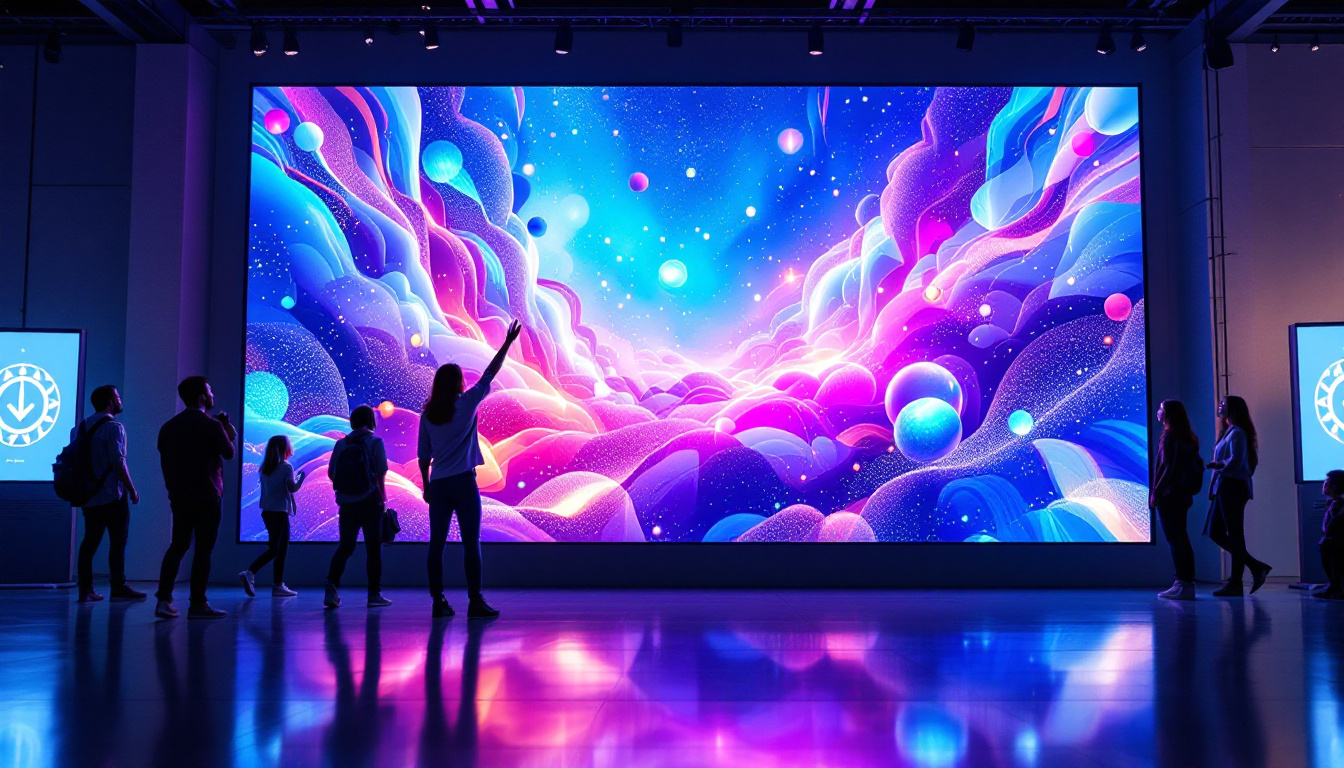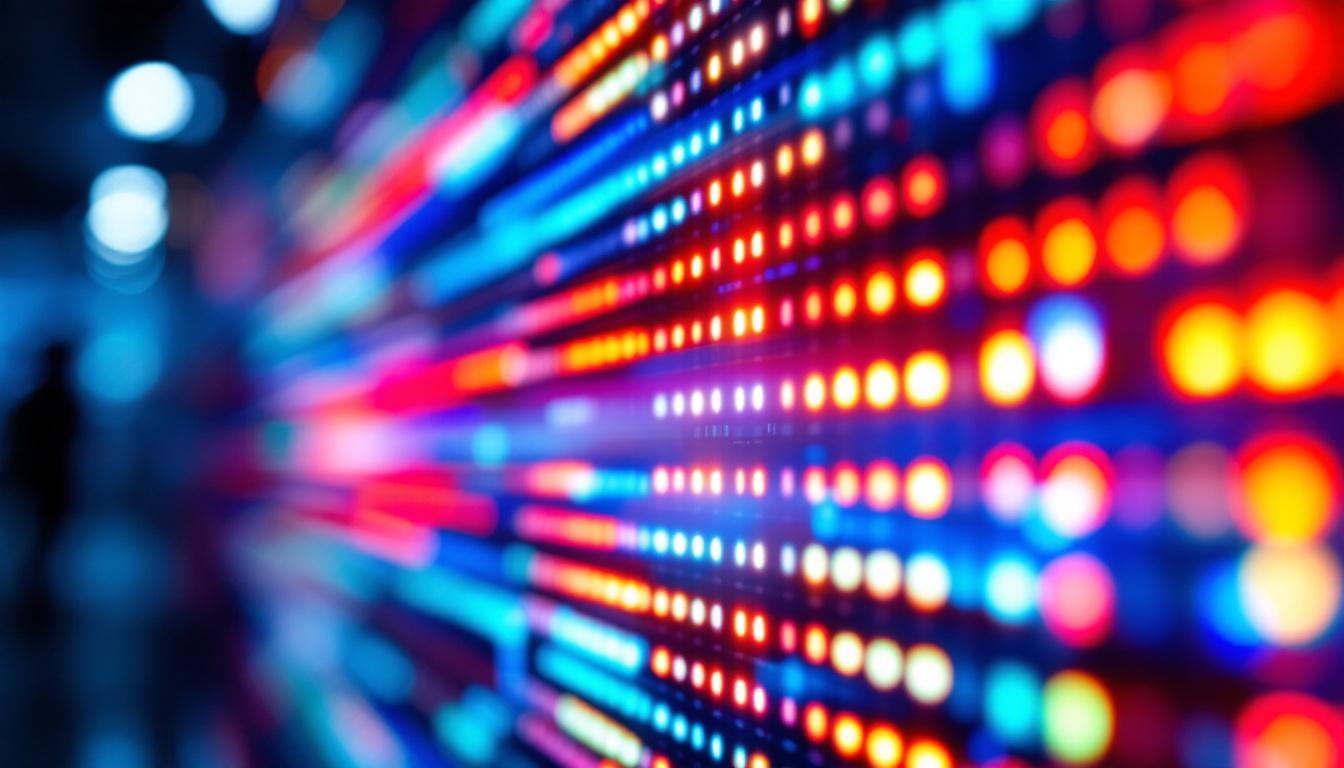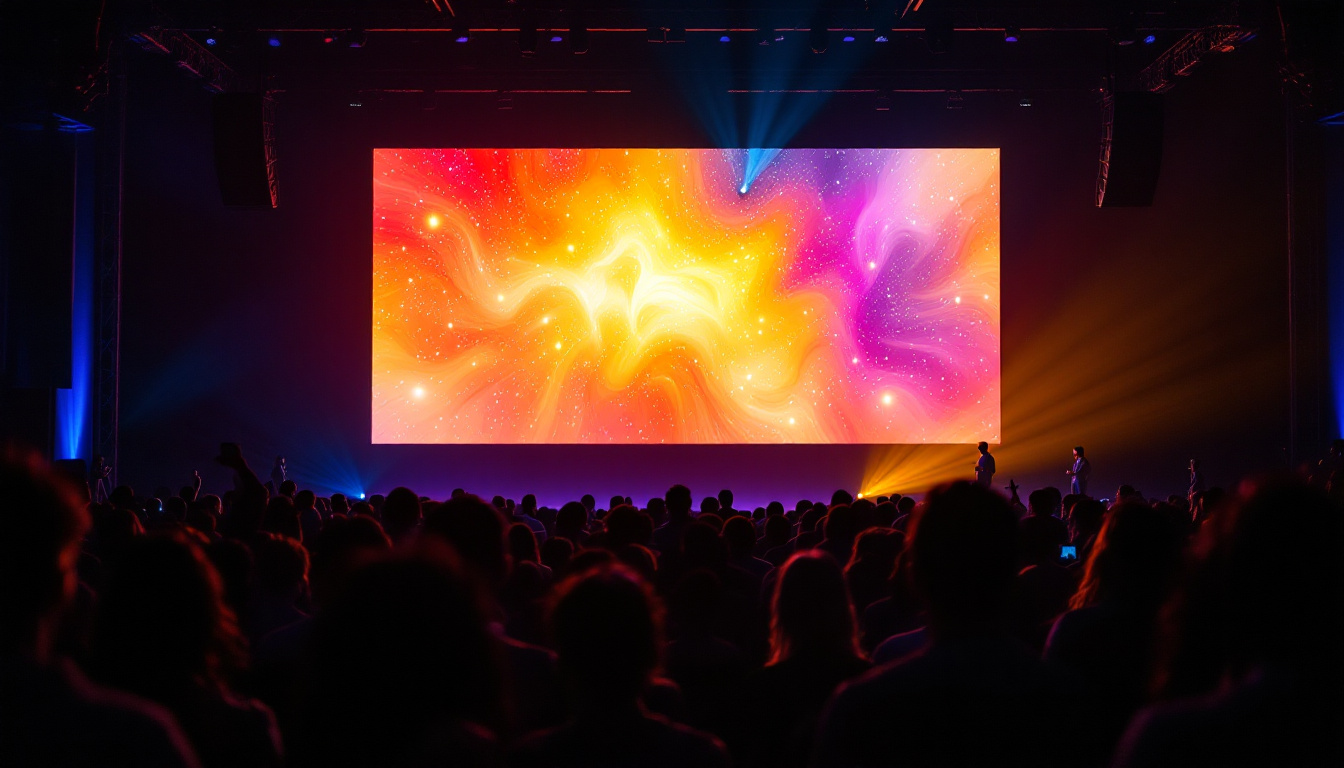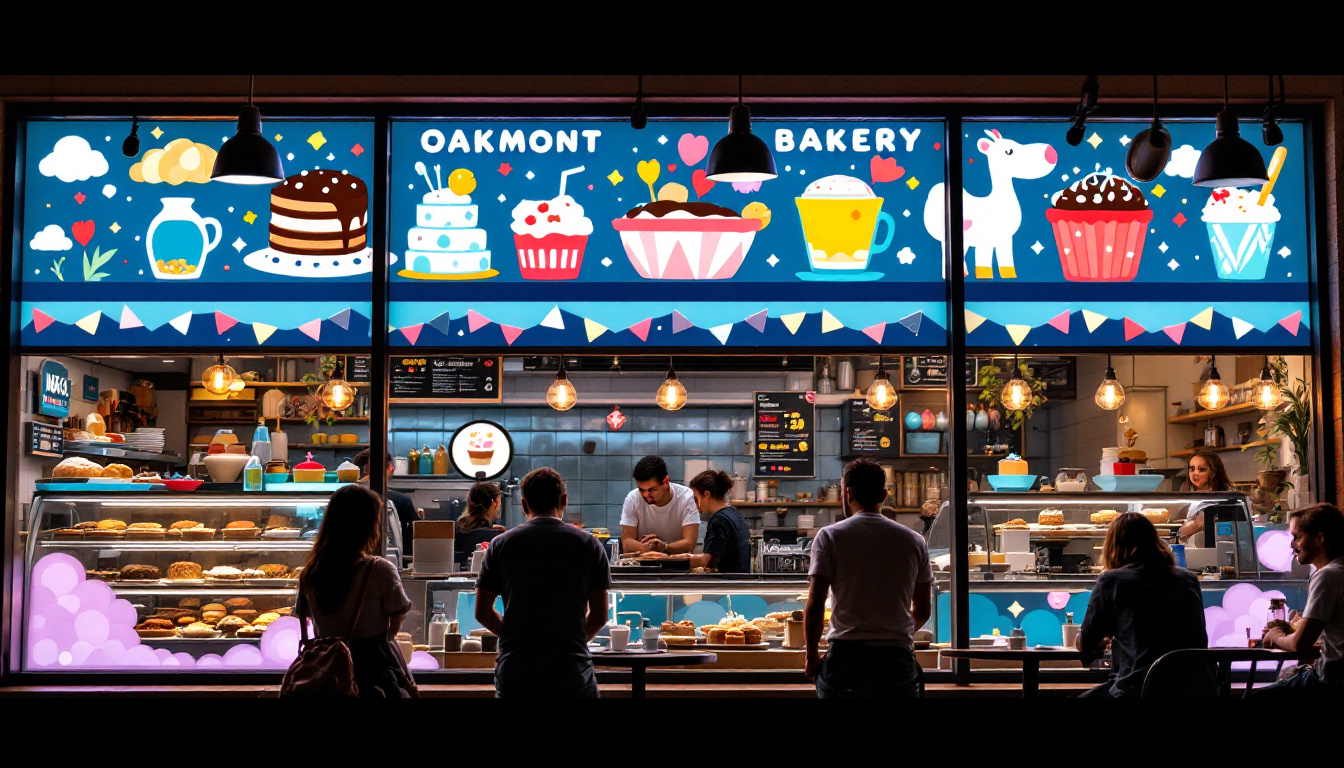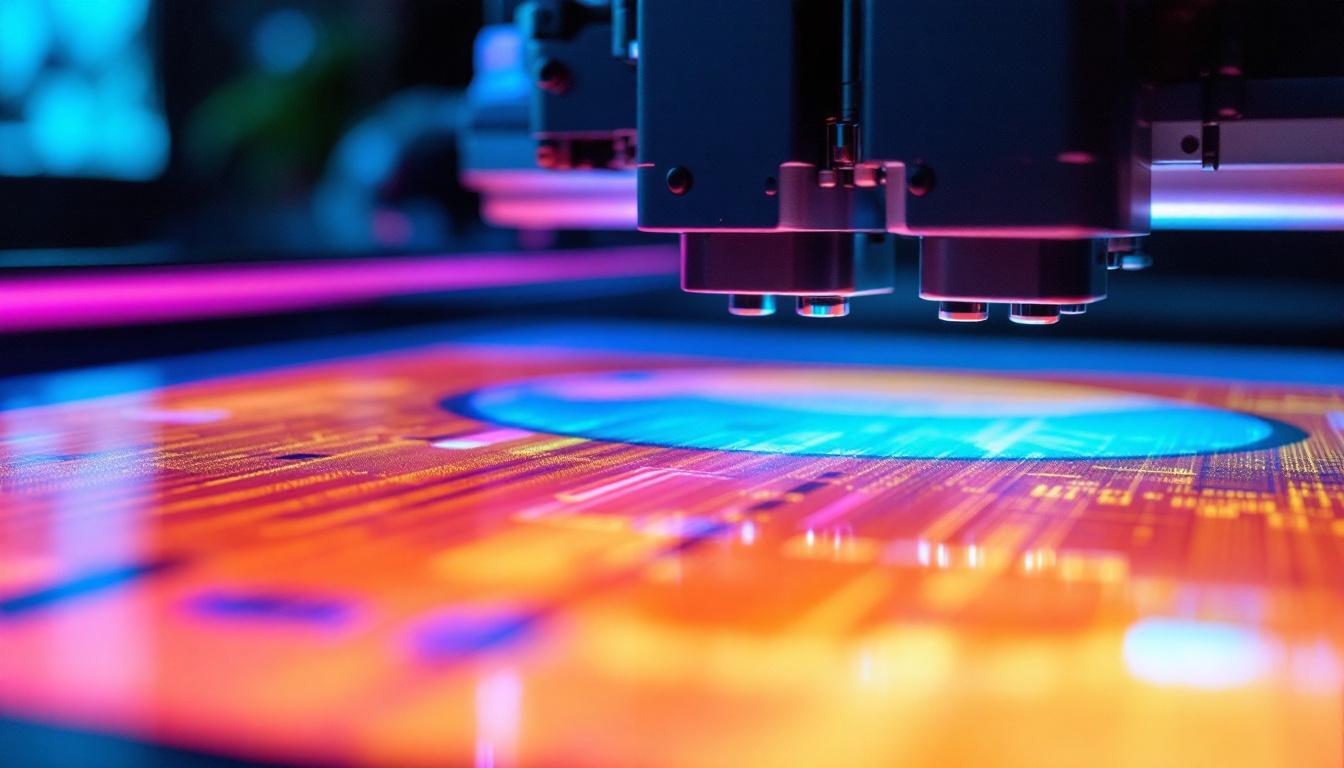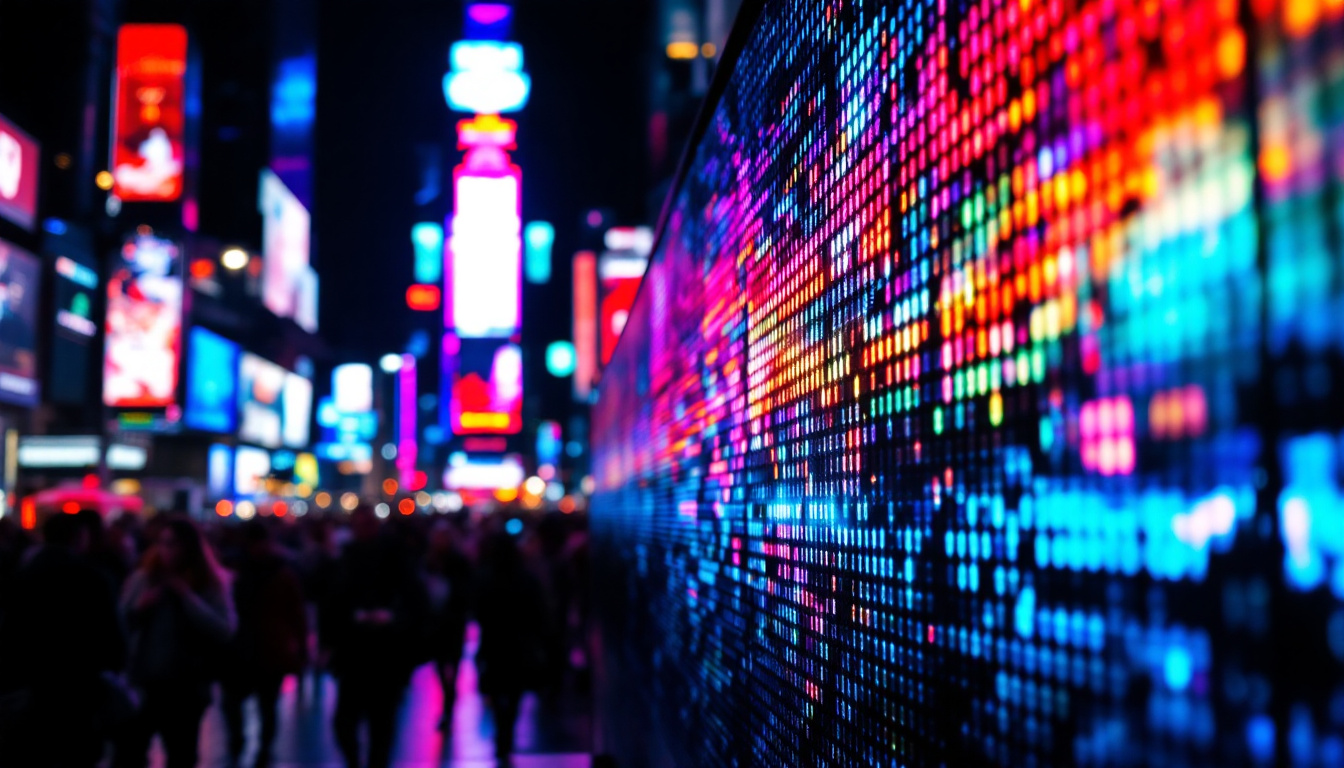In the modern age of technology, LED video screens have become an integral part of various industries, from advertising to entertainment. Their vibrant colors, high brightness, and energy efficiency make them a preferred choice for displaying content. This article delves into the intricacies of LED displays, exploring their functionality, applications, and advantages.
Understanding LED Technology
Light Emitting Diodes (LEDs) are semiconductor devices that emit light when an electric current passes through them. The technology has evolved significantly over the years, leading to the development of LED displays that are now used in a myriad of applications. Initially, LEDs were limited to simple indicator lights and displays, but advancements in technology have transformed them into powerful tools for visual communication, energy-efficient lighting, and even horticulture.
The Basics of LED Displays
LED displays consist of an array of tiny LED lights that work together to create images and videos. Each pixel in an LED screen is made up of red, green, and blue (RGB) LEDs, which can be adjusted in brightness to produce a wide spectrum of colors. By varying the intensity of each color, these displays can render detailed images and dynamic video content. This capability has made LED technology a preferred choice for everything from television screens to large-scale billboards, where vibrant visuals are essential for capturing audience attention.
The arrangement of these LEDs can vary, with some screens using surface-mounted devices (SMD) while others may employ traditional through-hole technology. The choice of technology impacts the display’s resolution, brightness, and viewing angles, making it essential to select the right type for specific applications. Additionally, advancements in LED technology have led to the development of flexible and curved displays, allowing for innovative designs that can fit into unconventional spaces and enhance user experience.
Types of LED Displays
There are several types of LED displays available, each tailored for particular uses. The most common types include:
- Indoor LED Displays: Designed for indoor environments, these displays often feature higher pixel density, allowing for closer viewing distances. They are frequently used in venues such as theaters, conference rooms, and retail spaces, where clarity and detail are paramount.
- Outdoor LED Displays: Built to withstand harsh weather conditions, outdoor displays are brighter and have lower pixel density, making them suitable for large audiences. These displays are commonly found in stadiums, public squares, and along highways, where they can convey information and advertisements to passersby.
- Transparent LED Displays: These innovative displays allow light to pass through, making them ideal for retail environments where visibility is crucial. By integrating transparent LED technology into storefront windows, businesses can showcase products while still allowing natural light to illuminate the space, creating an inviting atmosphere for customers.
Moreover, there are specialized LED displays such as flexible LED screens that can be bent and shaped to fit various surfaces, making them perfect for creative installations and art exhibits. Additionally, developments in microLED technology promise even finer resolutions and improved energy efficiency, paving the way for the next generation of display solutions. As LED technology continues to advance, it opens up exciting possibilities for interactive and immersive experiences in both commercial and residential settings.
Applications of LED Video Screens
LED video screens are versatile and can be found in various settings, each serving a unique purpose. Their adaptability is one of the reasons for their widespread adoption.
Advertising and Marketing
One of the most prominent applications of LED video screens is in advertising. Billboards and digital signage utilize LED technology to capture attention with bright, dynamic content. These displays can be updated in real-time, allowing businesses to promote special offers, events, or new products without the need for physical changes.
Moreover, the ability to display video content enhances engagement, making LED screens a powerful tool for marketers aiming to reach larger audiences effectively. The interactive capabilities of these screens can also be leveraged for customer engagement, allowing passersby to interact with the content through touch or gestures, thereby creating a memorable experience that can lead to increased brand loyalty.
Events and Entertainment
In the entertainment industry, LED video screens play a crucial role in enhancing the audience experience. Concerts, festivals, and sporting events often feature large LED screens to display live feeds, graphics, and animations. These screens ensure that even those seated far from the stage can enjoy a clear view of the performance.
Additionally, the flexibility of LED technology allows for creative stage designs, with screens being used as backdrops or integrated into the set itself, further enriching the visual experience. The use of LED screens in live performances also opens up opportunities for innovative storytelling, as artists can synchronize visuals with their music or performances, creating a multi-sensory experience that captivates audiences and elevates the overall impact of the event.
Corporate and Educational Use
In corporate environments, LED displays are utilized for presentations, conferences, and meetings. Their clarity and brightness ensure that information is conveyed effectively, even in large rooms. Furthermore, they can be used for interactive displays, allowing for audience engagement through touch or motion sensors.
In educational settings, LED screens can enhance learning experiences. They can display educational videos, interactive lessons, and real-time data, making the learning process more engaging for students. The incorporation of LED technology into classrooms also facilitates collaborative learning, as students can work together on projects displayed on large screens, fostering teamwork and enhancing communication skills. Moreover, the ability to integrate various multimedia formats helps cater to different learning styles, ensuring that all students can grasp complex concepts more effectively.
Advantages of LED Video Screens
The rise in popularity of LED video screens can be attributed to several advantages they offer over traditional display technologies. Understanding these benefits can help organizations make informed decisions about their display needs.
Energy Efficiency
One of the most significant advantages of LED displays is their energy efficiency. Compared to traditional incandescent and fluorescent lighting, LEDs consume significantly less power. This not only reduces operational costs but also contributes to a smaller carbon footprint, making them an environmentally friendly option. In fact, many businesses have reported substantial savings on their energy bills after switching to LED technology, which can be reinvested into other areas of their operations. Furthermore, with the increasing emphasis on sustainability, using energy-efficient displays can enhance a company’s reputation as a responsible corporate citizen.
Longevity and Durability
LED displays are known for their longevity. With a lifespan that can exceed 100,000 hours, they require less frequent replacements compared to other display technologies. Additionally, they are more resistant to shock and vibrations, making them suitable for various environments, including outdoor settings. This durability means that organizations can enjoy a reliable performance without the constant worry of maintenance or replacement, which can be particularly beneficial for businesses that rely on continuous displays, such as in retail or event settings. The robust nature of LED screens also means they can withstand harsh weather conditions, ensuring that content remains visible and engaging regardless of external factors.
High Brightness and Contrast
LED video screens offer superior brightness and contrast ratios, ensuring that content is visible even in bright sunlight. This feature is particularly advantageous for outdoor advertising, where visibility is crucial. The ability to produce vibrant colors also enhances the overall viewing experience. Additionally, the advanced technology behind LED displays allows for dynamic content that can adapt to varying light conditions, ensuring that messages are always clear and impactful. This adaptability makes LED screens an ideal choice for live events, concerts, and sports venues, where the lighting can change dramatically throughout the day. The enhanced visual quality not only captivates audiences but also drives engagement, making it a powerful tool for marketers and event organizers alike.
Challenges and Considerations
While LED video screens offer numerous benefits, there are also challenges and considerations that potential users should be aware of before making a purchase.
Initial Cost
The initial investment for LED displays can be higher than that of traditional display technologies. However, when considering the long-term savings in energy costs and maintenance, many find that the investment pays off over time. It is essential to evaluate the total cost of ownership rather than just the upfront price.
Installation and Maintenance
Installation of LED displays can be complex, requiring professional expertise to ensure proper setup and alignment. Additionally, while LED screens are durable, they may require occasional maintenance to keep them functioning optimally. Regular cleaning and inspections can help prolong their lifespan and performance.
Future Trends in LED Display Technology
The LED display industry is continually evolving, with advancements in technology leading to new possibilities. Understanding these trends can help organizations stay ahead of the curve.
Higher Resolutions
As technology progresses, the demand for higher resolution displays is increasing. Manufacturers are developing LED screens with smaller pixel pitches, allowing for more detailed images and closer viewing distances. This trend is particularly evident in indoor settings, where high-resolution displays can create immersive experiences.
Integration with Smart Technology
Integration with smart technology is another trend shaping the future of LED displays. With the rise of the Internet of Things (IoT), LED screens can be connected to networks, allowing for real-time content updates and remote management. This capability enhances the flexibility and functionality of LED displays, making them even more valuable for businesses.
Eco-Friendly Innovations
As sustainability becomes a priority for many organizations, the LED display industry is also focusing on eco-friendly innovations. This includes the development of recyclable materials and energy-efficient technologies that further reduce the environmental impact of LED displays.
Conclusion
LED video screens have revolutionized the way information is displayed and consumed across various industries. Their vibrant colors, energy efficiency, and versatility make them an ideal choice for advertising, entertainment, and corporate applications. While there are challenges to consider, the benefits often outweigh the drawbacks, making LED displays a worthwhile investment.
As technology continues to advance, the future of LED displays looks promising, with innovations that will enhance their functionality and sustainability. Understanding these developments can help organizations leverage LED technology to its fullest potential, ensuring they remain competitive in an ever-evolving landscape.
In summary, LED video screens are not just a trend; they represent a significant shift in how visual content is delivered and experienced. Embracing this technology can lead to enhanced engagement, improved communication, and a more dynamic interaction with audiences.
Discover Cutting-Edge LED Display Solutions with LumenMatrix
Ready to elevate your visual communication and create unforgettable experiences? Look no further than LumenMatrix, where innovation meets excellence in LED display technology. From vibrant Indoor and Outdoor LED Wall Displays to versatile Vehicle and Floor LED Displays, LumenMatrix offers a comprehensive range of solutions tailored to your needs. Whether you’re looking to captivate your audience with a Custom LED Display or streamline your message with an All-in-One LED Display, our mission is to empower your brand with displays that resonate with impact and clarity. Don’t miss out on the opportunity to transform your space with our LED Transparent Display and other state-of-the-art modules. Check out LumenMatrix LED Display Solutions today and step into the future of visual engagement.

